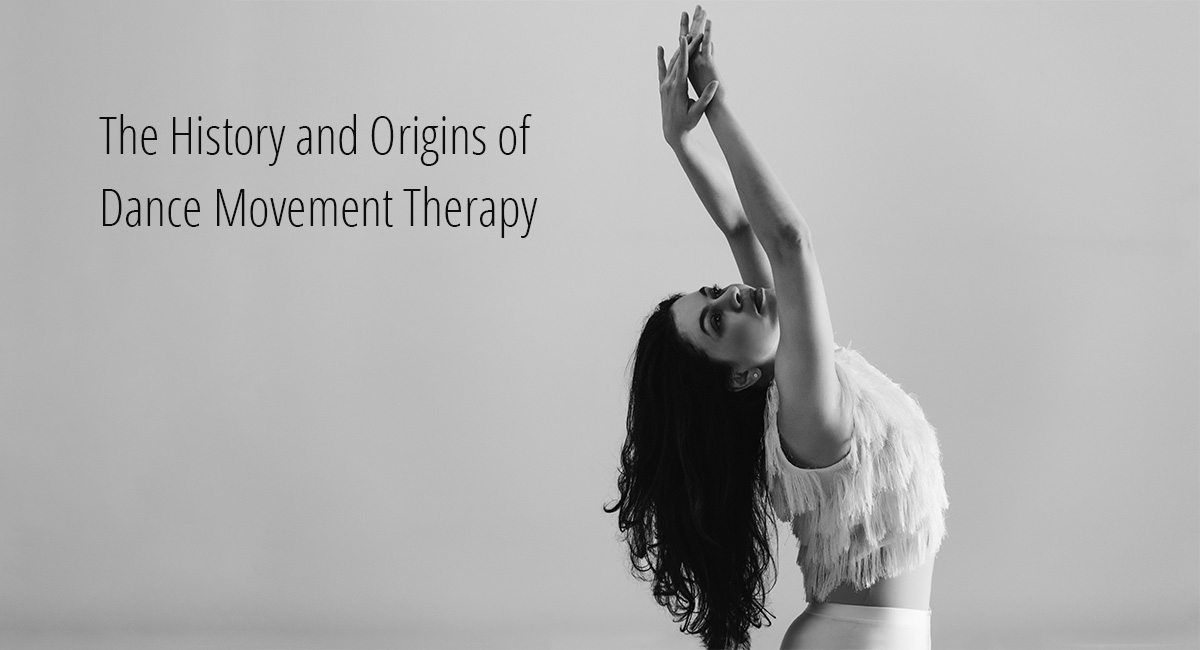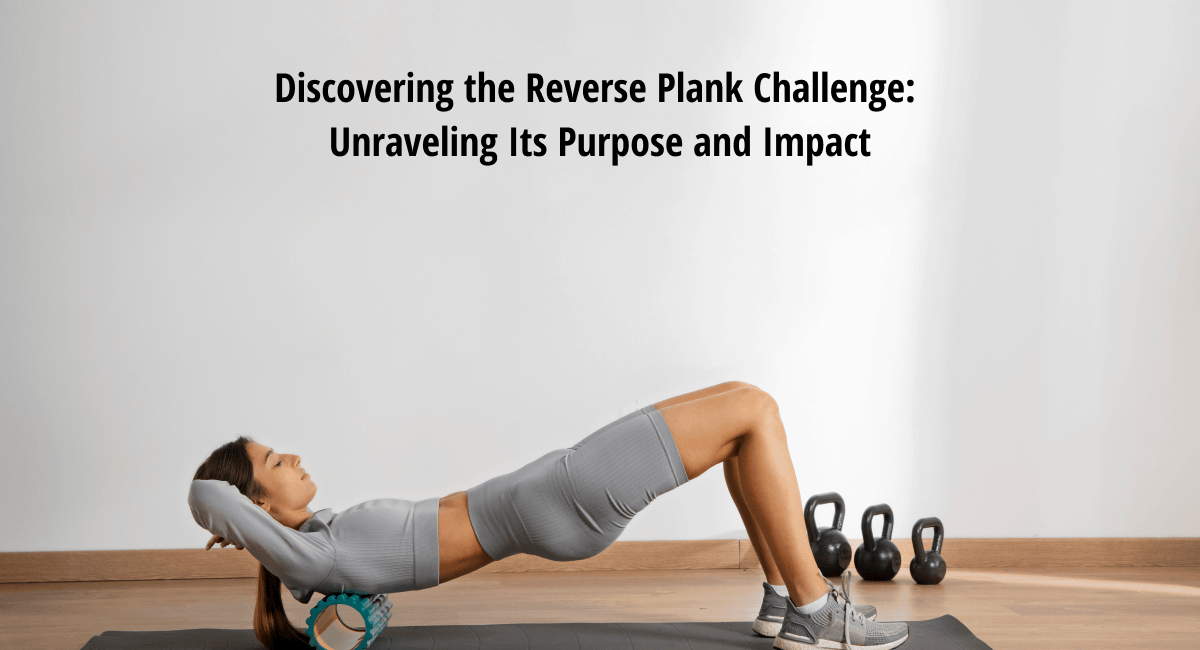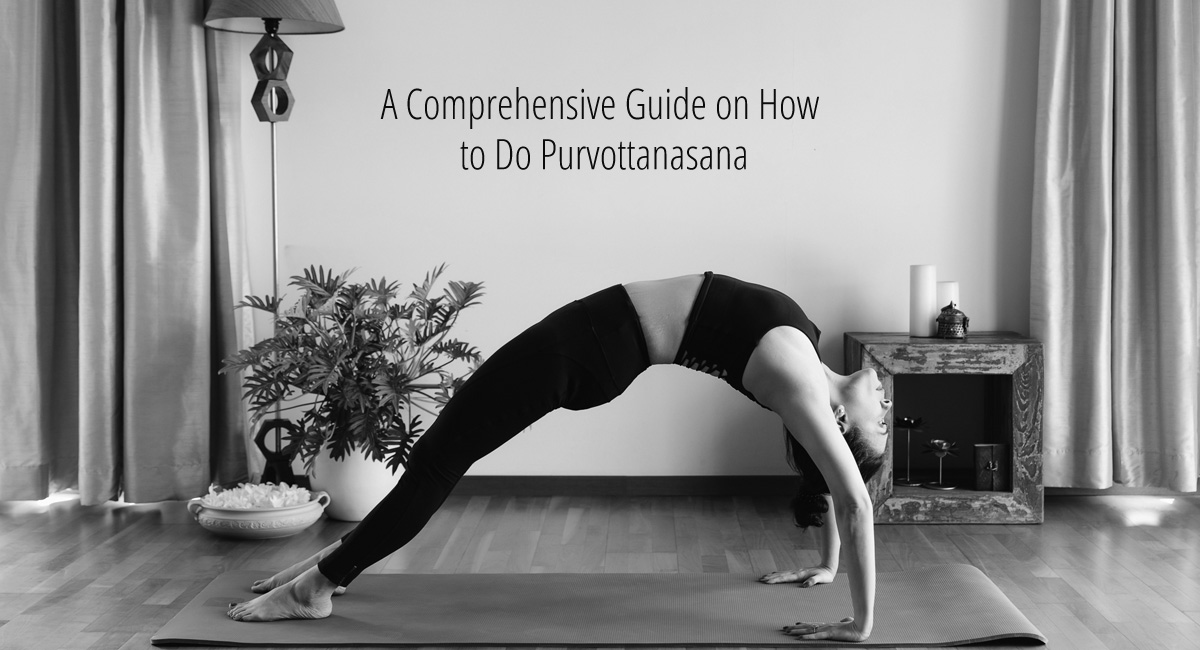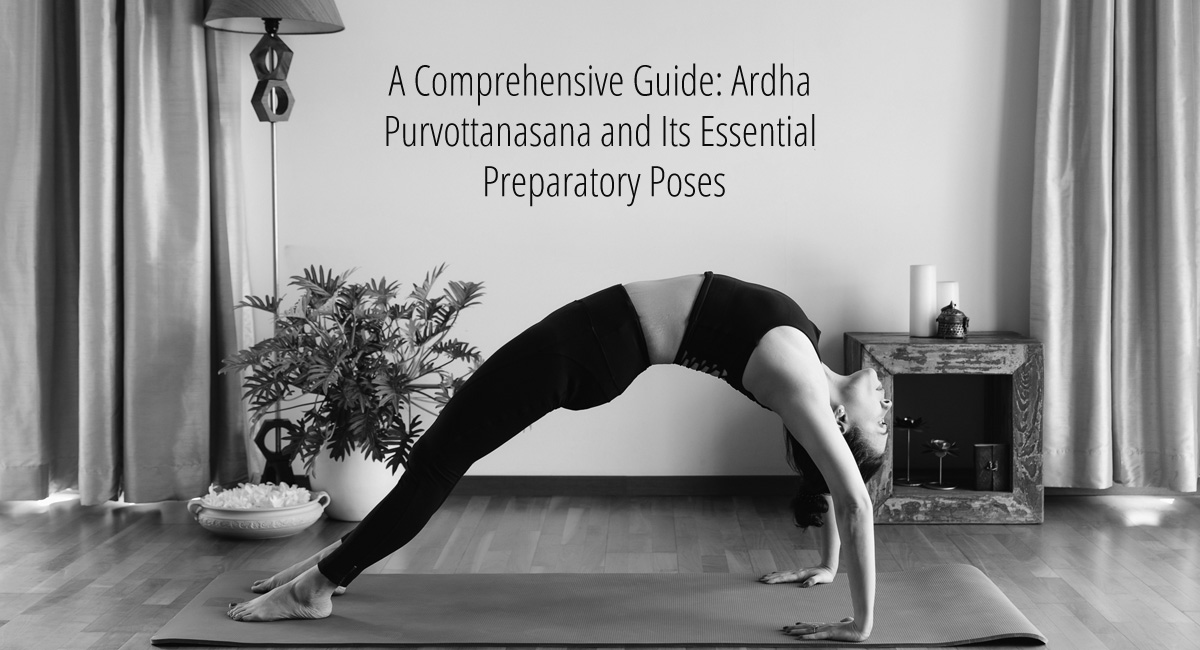
The History and Origins of Dance Movement Therapy
Table of Contents
What is Dance Movement Therapy?
The American Dance Therapy Association (ADTA) defines Dance Movement Therapy as the psychotherapeutic use of movement to improve the emotional, social, cognitive, and physical integration of the individual, to improve health and well-being. It preaches a holistic approach to healing, based on the empirically supported assertion that the mind, body, and spirit are inseparable and interconnected. Dance Movement Therapy as an embodied, movement-based practice is often difficult to describe, as it demands the earnest engagement of its subject to derive its truth and find its core.
Purpose And Goals Of Dance Movement Therapy
Dance Movement Therapy, vastly known as Dance Movement or DMT, benefits physical and mental health. In regards to mental health, dance therapy helps in the reduction of stress, the prevention of diseases, and the management of mood. While the physical component offers increased muscular strength, coordination, mobility, and decreased muscular tension. Dance Movement Therapy aims at promoting holistic wellness.
Early Roots of Dance Movement Therapy
While it was only formally recognized in the 1940s, its roots go much further back in time. The Indigenous Australian Culture, for one, is said to have begun the use of dance to heal very early in human history. One art form, the Junba, the dance-song tradition of the Ngarinyin, Wunambal, and Worrorra people of the Kimberley in northwest Australia is noted for its well-being properties, across social, spiritual, and ecological domains.
Marian Chace, Mary Whitehouse, and Trudy Schoop pioneered Dance Therapy in the 20th century. Owing the foundation of dance therapy in the Modern Dance Movement where included observation, interpretation, and the manipulation of dance elements in their practice.
The Emergence of Dance Movement Therapy as a Profession
The first wave of Dance Movement Therapy came along with the influence of psychodynamic theory in the 1940s. The practice was informed by research on nonverbal behavior and the body’s function in mental health conditions in the 1960s. Which led to the creation of the American Dance Therapy Association (ADTA) in 1966 and the creation of the discipline’s training and certification criteria, subsequently.
While the second wave of Dance Movement Therapy emerged in the 1970s and 1980s, American therapists became very interested in it. During this period, therapists started experimenting with how dance and movement could be used for psychotherapy. The therapists’ experiments led to the classification of DMT as a type of psychotherapy. This second wave gave rise to the Dance Movement as a Profession to be followed.
Theoretical Foundations of Dance Movement Therapy
What we know is that the way we feel mentally and emotionally impacts the way our body manages itself and the physical symptoms we experience. We call this the mind-body connection: how we feel in our brains affects how our body feels.
There is a diverse range of theoretical frameworks, such as psychodynamic theory, Gestalt theory, humanistic theory, and cognitive behavioral theory that influence dance therapy today. Psychoanalytic Theory suggests that our experiences and unconscious desires influence our behavior. Humanistic theory suggests that DMT is a way of listening to the clients or participants through the body. Cognitive Behavioral Theory (CBT) suggests that our thoughts, emotions, body sensations, and behavior are all connected and that what we think and do affects the way we feel.
Techniques and Applications of Dance Movement Therapy
Following in the footsteps of conventional therapy, DMT can be practiced individually, in pairs (couples), for families, and in groups; It isn’t limited by age, caste, creed, or language. In general, dance therapy promotes self-awareness, self-esteem, and a safe space for the expression of feelings.
While dance focuses on movement goals, dance therapy typically focuses on psychosocial goals or behavioral interventions. For instance some of the challenges that DMT is used to treat include Anxiety, Arthritis, Chronic pain, Communication issues, Dementia, Depression, Disordered eating, Low self-esteem, Post-traumatic stress disorder (PTSD), and many more
Current Status and Future of Dance Movement Therapy
Research today has evaluated the effectiveness of dance movement therapy (DMT) for the treatment of health-related physiological and psychological problems. Results suggest that DMT is effective for increasing quality of life and decreasing clinical symptoms such as depression and anxiety. Positive effects were also found on the increase of subjective well-being, positive mood, affect, and body image.
While the effects for interpersonal competence were encouraging, due to the heterogeneity of the data remained inconclusive. Methodological shortcomings of many primary studies limit these encouraging results and, therefore, further investigations to strengthen and expand upon evidence-based research in DMT are necessary. Therein making it a field with the potential for exponential growth as a profession.
Conclusion
In 1916 – The idea of dance as psychotherapy was first recorded by Carl Gustav Jung. His original paper was widely circulated but remained unpublished until 1957. In 1942 Marian Chace, one of the founders of modern dance and dance therapy, was invited to work at St. Elizabeths Hospital in Washington, D.C. In 1966 The American Dance Therapy Association (ADTA) was founded which marked the legitimacy of Dance therapy as a profession and continues to be a field with exponential growth.
Movement is a language, our first language. Dance Movement Therapists help in aligning the Mind-Body-Spirit. In turn, DMT is used to treat mental illnesses, for instance, Depression, and ADHD, etc . While also treating physical ailments like Parkinson’s, Arthritis, etc as well. Movement can be functional, communicative, developmental, and expressive. DMT promotes holistic health through the use of movement.
Enquire Now for Dance Movement Therapy Workshop Today!
Dance movement therapy may be a relatively new concept but it has found its place in the physiological and psychological realm of wellness to improve the quality of a person’s life. For more information you can log on to our website.

I am a Pune based artist, Kathak dancer, Dance Movement Therapist, and an avid Yoga practitioner/ teacher. I am also the Director at the Sakal Media Group, a Trustee of Pune Blind School and Nirdhar Trust.
Being a part of Sakal Media Group, with its strong foundation of service and ethical journalism, I am deeply committed in making this world a better place by pushing boundaries, giving opportunities to others, following my convictions, helping others make better choices and to tell powerful stories that will help reshape the world we live in.





